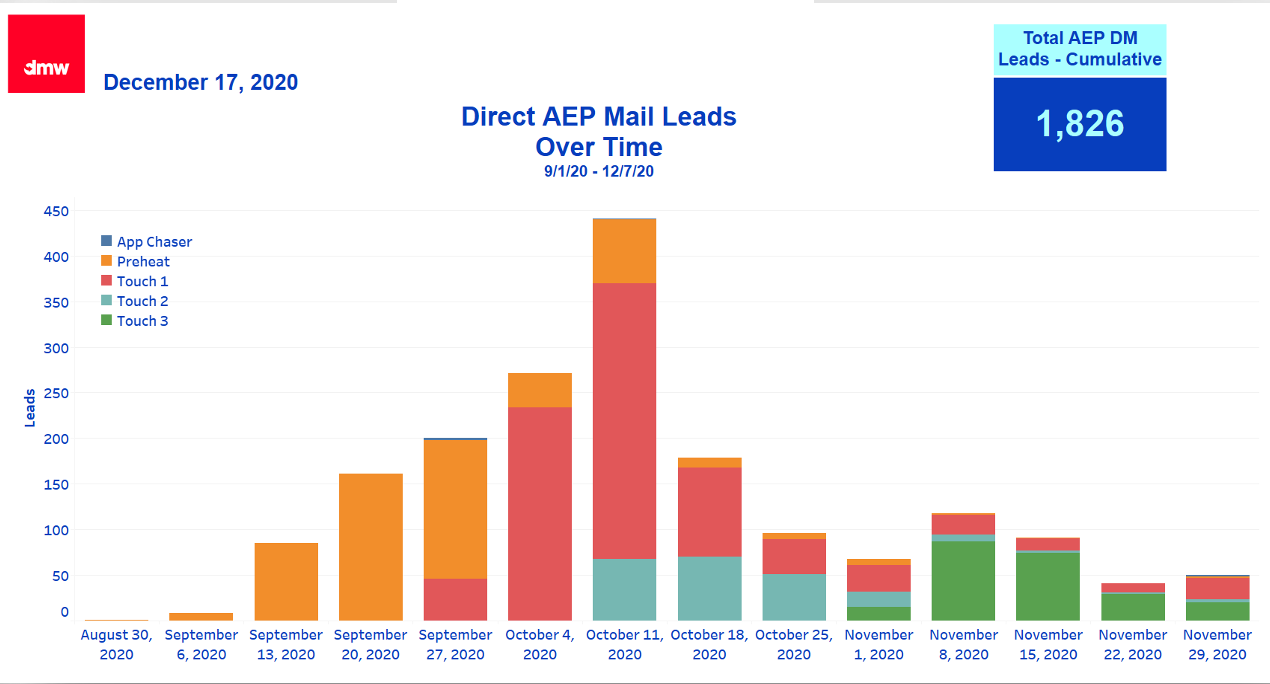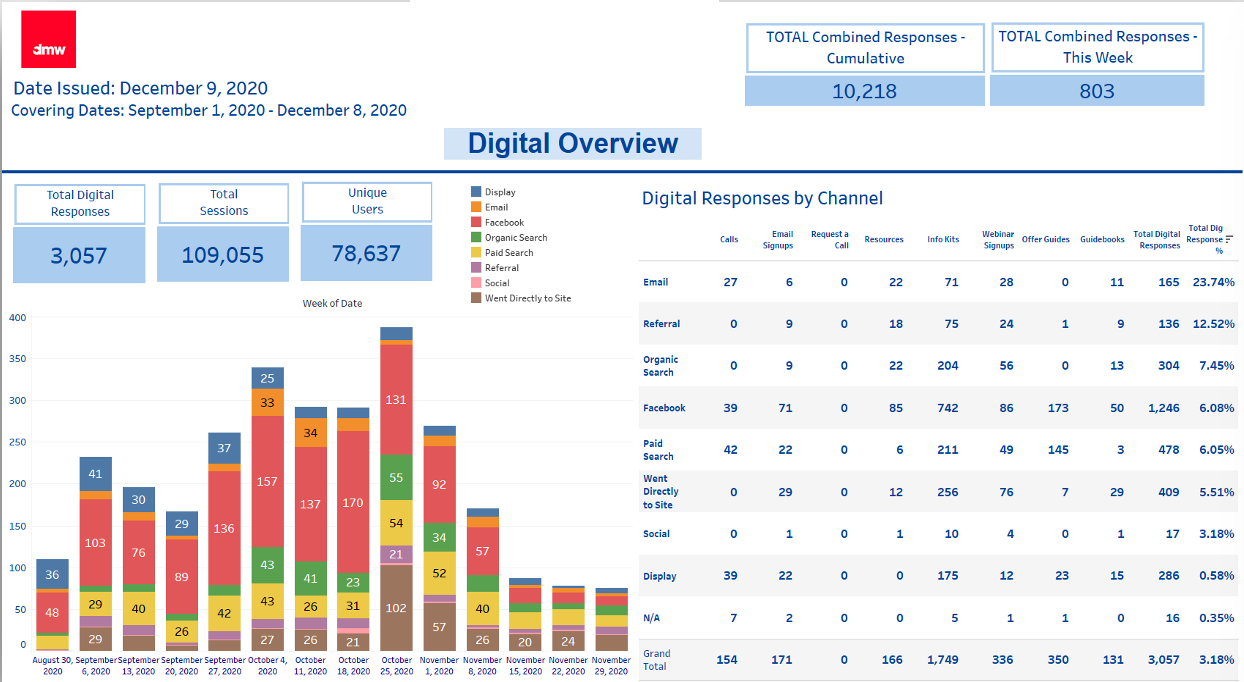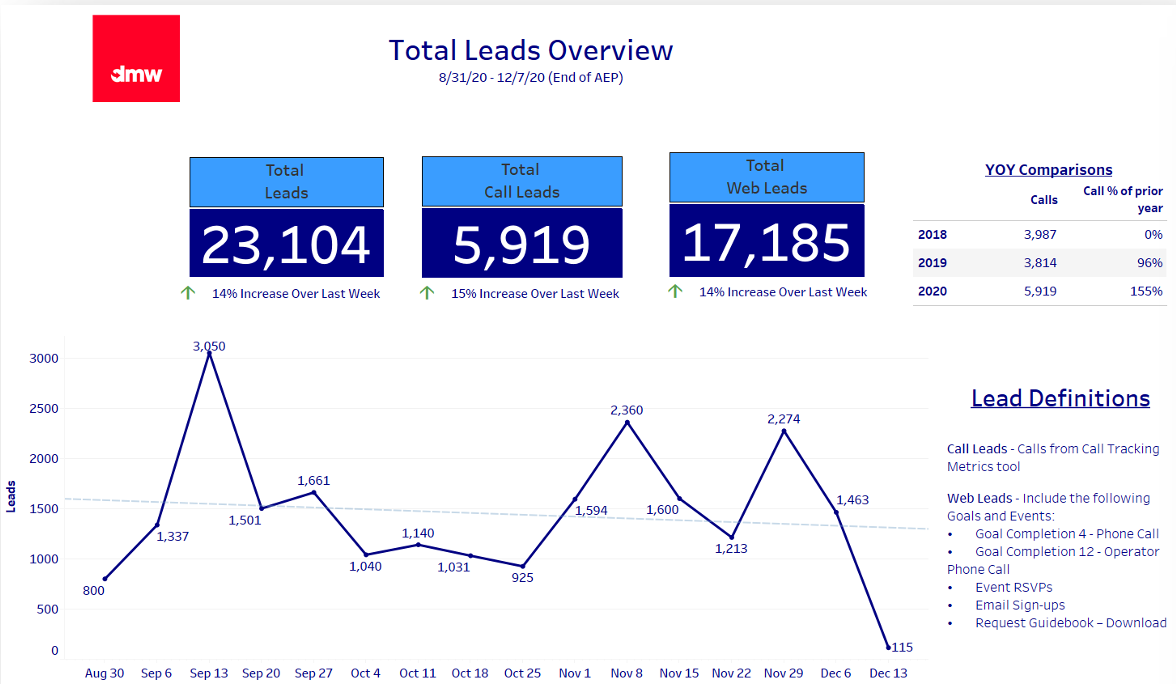Predictive Modeling Gets Healthy Results For Health Insurance Plans
Josh Kaplan Digital Direct Marketing, Direct Mail, Email Marketing, Health Care Marketing, Insurance Direct Marketing, Marketing Analytics, Medicare Marketing, Response MarketingLet’s face it, acquiring new plan members is expensive. So keeping your cost per lead/conversion as low as possible calls for smarter marketing. We’re talking about modeling.
“Wait, won’t modeling limit audience reach and hurt plan membership goals?” Yes, and NO.
It’s Data 101 really … By using a model, you can identify and market to prospects most likely to respond and convert (higher-performing deciles), while eliminating prospects less likely to respond (the lower performers). So you’ll get a greater return on your investment, i.e., leads and conversions. It can also help you more effectively allocate budget. For example, you may be able to move funds from direct mail to other channels, like digital or TV, to improve your overall results.
In another recent post about data, we discussed how sophisticated Augmented Analytics can save a great deal of time and preparation. But, applying modeling can turn whatever data time and prep you spend now into more efficient, money-saving targeting for your marketing campaigns.
The solution? Predictive Modeling.
You can take many data points you now have in hand, couple it with third-party information, and use it to predict response and conversion. With skillful manipulation, you’ll be armed to predict future outcomes for marketing campaigns. It may not be the newest, most “bleeding edge” data technique, but if you’re not already taking full advantage, it can be a real game changer!
 Predictive Modeling lets you create and execute more targeted, personalized direct mail that generates better results!
Predictive Modeling lets you create and execute more targeted, personalized direct mail that generates better results!
By using analytics and statistically relevant data, you can work smarter — with more targeted, personalized creative that will yield superior results — as well as improve cost management for all your campaigns.
Going from concept to competitive advantage.
The concept of predictive modeling (PM) first surfaced in the 1940s with the federal government. It was put into practice with computers in the late 70s/early 80s as more data and computing power became available — the first email blast was in 1978. From there, PM grew through the decades, finally flourishing when technology caught up with strategy.
Predictive modeling, when leveraged properly, improves marketing, increases profits, decreases waste, and uncovers the competitive advantage.
Today, predictive modeling can improve marketing, increase profits, decrease waste, and, most importantly, find a competitive advantage via data. But, having the PM tool isn’t enough. It takes expertise to leverage its power. Case in point: DMW and our health insurance clients.
How predictive analytics helps you predict maximum results.
At DMW, we use predictive analytics as a foundation to our direct mail campaigns for health insurers. Whatever enrollment period we’re working on — Medicare’s AEP or SEP, or even Under 65 OEP for Individual and Family insurance plans, or a one-off campaign — PM is invaluable to understanding our prospects and determining our clients’ most likely responders.
 Digital media can also take advantage of PM and help your campaigns perform well in all channels.
Digital media can also take advantage of PM and help your campaigns perform well in all channels.
From there we can make strategic decisions and spot trends — critical when developing a communications strategy. Oftentimes, that strategy relies on the scored results of our model and anticipated deciles. It also helps us decide how to maximize response from our target audience … while we simultaneously reduce costs.
3 pillars for direct response performance.
Unlike branding agencies, DMW’s unique strategy for PM is built on three clear-cut pillars that focus on lead generation and driving response:
Choosing the right data
Using the right model
Validating the model
When figuring out what data to use, we always lean on the side of larger datasets, with a mix of variables used to predict the outcome (i.e., in the case of responses or conversions, we use a binary variable such as “Yes/No”). We then take this data and append over 300 new variables so we can determine the most predictable.
When it comes to Medicare’s AEP and SEP, and Under 65 OEP, predictive modeling is invaluable to understanding prospects and determining most-likely responders.
To choose the correct model, we take response or conversion data and perform a 70/30 split of individuals.
The 70% goes through a series of competing models that predict balanced accuracy and lift, and one is chosen based on these factors. After building the model, we run through a series of validation efforts on the 30% holdout of data, including understanding lifts, gains, and probable response rates. If all looks good, we put the model into production and apply it to the prospect list.
 Direct response marketing is all about leads and conversions. By leveraging Predictive Modeling, your campaigns can realize year-over-year results.
Direct response marketing is all about leads and conversions. By leveraging Predictive Modeling, your campaigns can realize year-over-year results.
PM can help secure a 4–5x lift in cumulative response!
Our goal, generally, is to secure a cumulative lift four to five times larger than that of a random sampling. We also aim to improve on the estimated response rates and understand the gains per decile. Having this data at our fingertips gives us a benchmark to strive for, and a way to measure model results.
Take advantage of the whole predictive pie.
While extremely helpful and reliable, response and conversion predictions are just a slice of the entire predictive pie. Modeling, specifically in the health insurance industry, can be applied to churn analysis, location analysis, fraud detection, cost savings, and much more.
Interested in putting predictive modeling to work for your next acquisition campaign? Contact DMW today. Together, we can get healthy results!